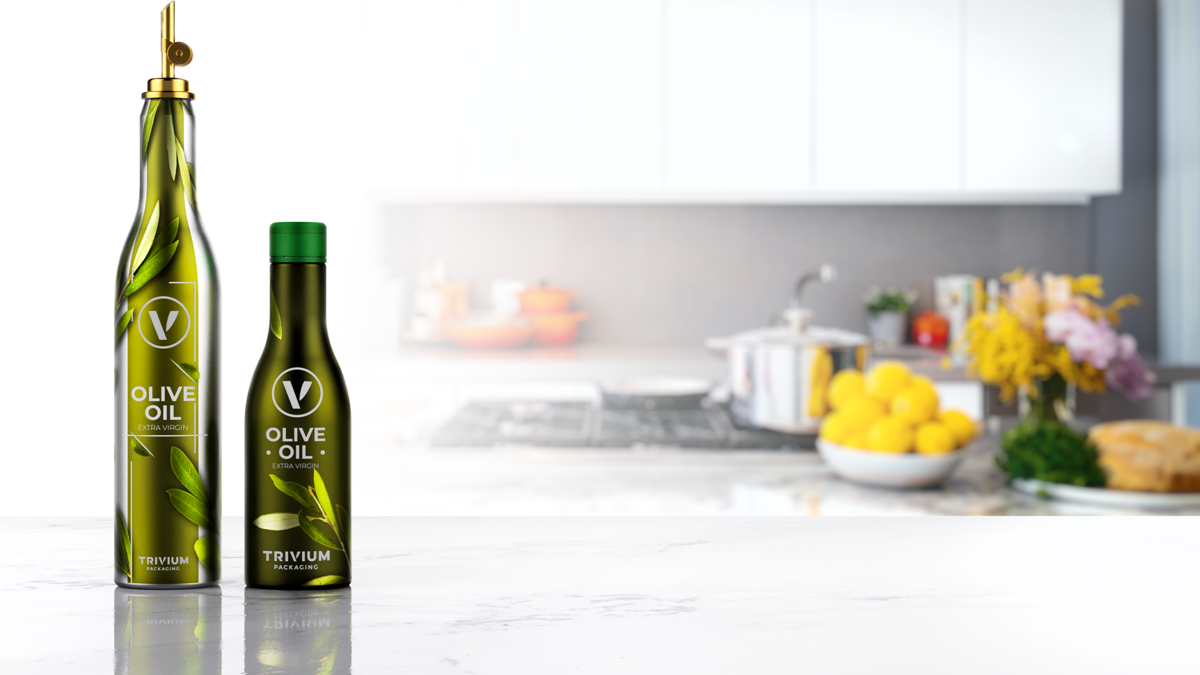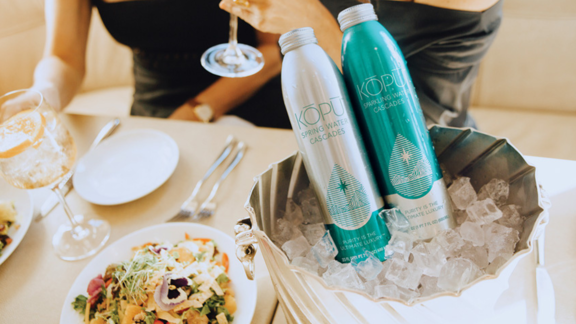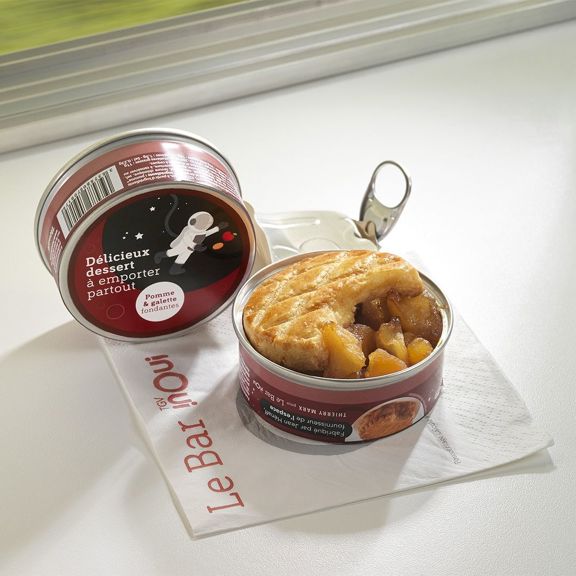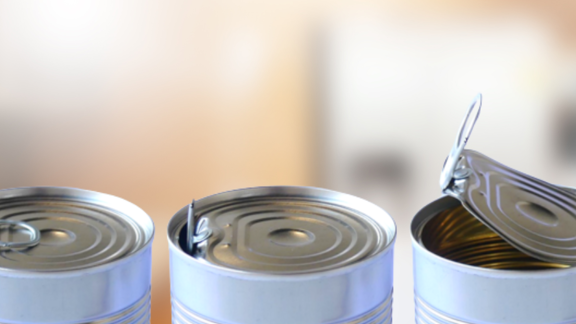Content on this website may not be accurately translated due to the limitations of the translation software from Google Translate. The official text is the English language version of the website. Any discrepancies or differences created in the translation are not binding and have no legal effect. If questions arise in relation to the accuracy of the information mentioned on the translated website, please refer to the English version of the website.
Edible Oil: The Case for Metal Packaging


In the search for the right packaging for a given product, typically there is a set of pre-established or “go-to” options within the supply chain. But how often do decision-makers think outside the pre-established box of solutions? What if the best packaging option isn’t widely known or available? In the case of edible oil, new manufacturing techniques have made way for metal packaging to become the best option because of its ability to protect the technical properties of the oil while also driving commercial value and delivering a sustainable experience to consumers. This article will take a detailed look at the case for packaging oils in metal and explain the technical advantages of metal over other substrates currently available.
According to data from Euromonitor International, retail sales of liquid pour edible oil containers under 750ml consist nearly entirely of plastic and glass, 79% and 21% respectively in North America. In larger volume containers, those over 750ml, there is some presence of 3-piece, rectangular steel containers for premium or harder-to-hold varieties such as delicate olive oil. Even among these large containers, we find less than 5% of products packaged in metal, while the majority of large volume oils, especially those at lower price points, are packaged in plastic. While metal is an established packaging material option for these large volume, premium oil varieties, penetration of the smaller volume segment remains practically non-existent. As the leader in metal packaging innovation, we saw this as an opportunity to create the right solution for both brands and consumers that will meet the current market needs for lightweight, durable, attractive packaging that protects the product integrity better than any of the current options available to the market.
In recent years, metal packaging manufacturers have expanded the capabilities to form metal into a wide variety of shapes and formats. While large square gallon tins have been part of bulk packaging for decades, and oil aerosol cans are recently an established necessity in many home kitchens, these formats only scratch the surface of what can be done with metal. These new formats open the opportunity for new use cases, new delivery systems, increased sustainability, and improved consumer experience.



